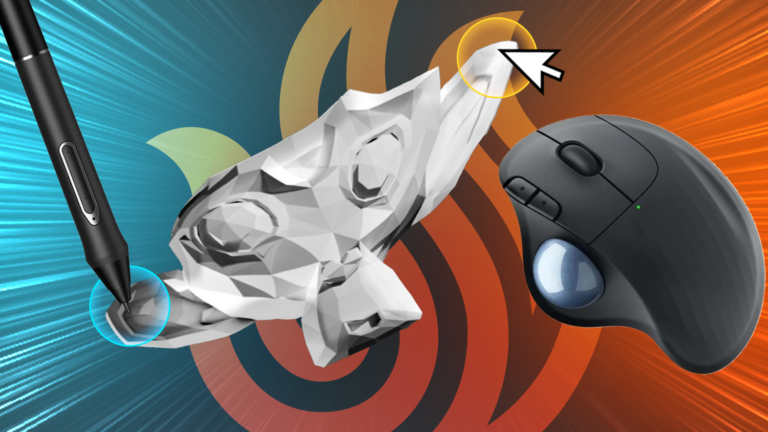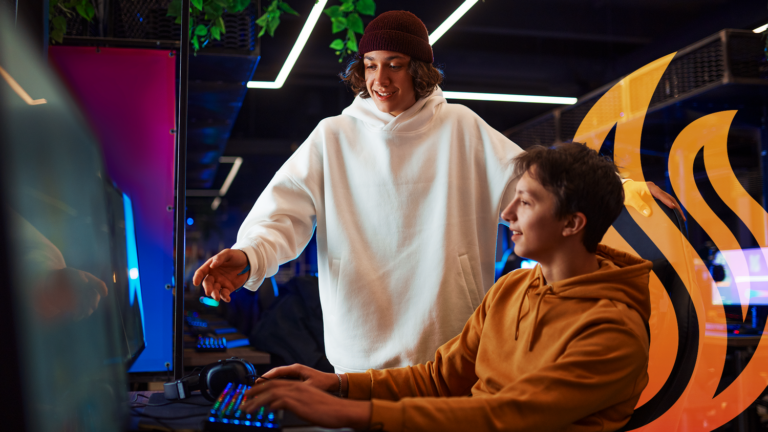Do you wonder what is behind the Internet of Things? Are you asking yourself, “how does everything stay connected?” Well, we can thank the brave software developers that are behind the Internet of Things, keeping it connected and managing the massive amounts of data that the IoT generates each day. So, “What is the Internet of Things?”
What is the Internet of Things (IoT)?
The Internet of Things (IoT) is a system of interrelated and interconnected things that connect everything in the world. These “things” or devices, have a computer chip inside, connecting them together through the internet. These connected devices collect and share data with embedded electronics, software, sensors, and actuators.
By connecting everything from toasters, thermostats and refrigerators to mobile devices and home security systems, IoT is able to compile information, optimize processes, improve efficiency and explore new possibilities, transforming the way we live and work.
How is the Internet of Things Used Today?
As of 2020, there is estimated to be over 20 billion connected devices on the Internet of Things, according to a Gartner report. By 2025, it is projected to be in the trillions of “things” that are connected to the Internet. Everything from our mobile devices to our cars, cameras and appliances. We are moving toward a fully automated world. We are creating “smart homes,” wearables that track our every move, and devices that will keep us inter-connected with everyone in the world.
The Smart Home
Having a smart home is a signal that you have made it. A smart home has everything connected to the Internet, allowing for better energy efficiency, greater security, and happier pets. Did you ask Siri or Alexa a question today that used their voice assistance connected to the IoT? Whether it is a Nest thermometer, Ring home security system or a Kenmore connected refrigerator, our home can know what we need and when we need it before we even realize it. The Internet of Things helps to improve our energy efficiency and helps us live a more connected life.
Wearables
Wearables can keep track of vital signs, host video conferencing and manage our fitness levels. Google and Apple are pioneering smart watches to do many daily tasks without the need of a smartphone. Whether you need to make a call, manage your calendar, search the web, or just find out what time it is, a smart watch can keep you connected to the world. Fitbit has revolutionized the wearables industry with its introduction of fitness and health wearables. How many steps did you take? What is your heart rate? All these things and more are available to people wearing a Fitbit.
Connected Cars
A modern car has over 300 computer chips that keep the vehicle connected to the driver, between cars and across continents. For those cars with OnStar, the car can be turned off remotely. Tesla and Waymo have created the future of automated cars that sense the road, connect to satellites and use lidar to identify the world around it. Before we know it, every car will be connected to the IoT, and no one will need to know how to drive.
Healthcare IoT
Whether it is wearables that transmit vital signs to doctors and medical service providers or medical devices that are connected to the Internet, the IoT is changing the way we manage the healthcare industry. There are insulin pumps that sense a patient’s blood sugar and add more insulin as needed. There are also advances in heart testing, allowing Holter testing equipment to offer real-time feedback of heart rate monitoring to physicians trying to detect an abnormal heartbeat. Healthcare IoT will help reduce the life-threatening conditions that many of us face each day. It will reduce waste, accurately collect more data and decrease the costs of healthcare as a whole. Before we know it, the IoT will be connected to every part of our life, detecting many conditions early and saving lives in the process.
Agriculture IoT
If you thought organics were a step forward in agriculture, get ready for a completely connected farm. From IoT connected sensors that manage pesticides and water usage to barcodes that update blockchain systems to keep track of produce from field to table. The future of agriculture is connected in vertical farms that track every aspect of our agriculture to take advantage of efficiency that will reduce the cost of farming, and create the best possible food for a connected world. Where did that pineapple come from? Plot 107 from field 10 in Tawian’s east region? Know exactly where your food came from, how it was farmed and whether it was sustainable or not.
Impact of the IoT
The Internet of Things will continue to have a profound impact on our way of life. Every one of us uses the IoT in our everyday lives. It saves us time and money while making our homes smarter and our lives more comfortable and fulfilling, in a just-in-time economy.
With the growing uses of IoT, companies will be able to automate processes and create a manufacturing process that is connected from start to finish. This will give the company a real-time understanding of the factory floor, identify supply chain bottlenecks, make processes safer for employees and save money on labor costs. The IoT will help us reduce waste, save us time and improve delivery services. Companies like Amazon have interconnected moving bookshelves that use a laser to guide the human picker to choose items that will be shipped in one day from an army of Delivery Service Partners (DSP) drivers direct to your doorstep. Sounds like the future, right?
Benefits of the IoT: Need for Software Developers
There are many benefits to the Internet of Things. Whether it be saving money, improving security or automating processes, one thing is clear, there will be a need for additional software developers. An IoT Developer manages network connectivity. They analyze data and use this data gathered from devices to interpret and create efficiencies in their industry. These IoT developers also create the platforms, software, hardware and systems that allow the devices on the IoT to function. An IoT developer will design, code, and test the features of the connected devices.
Final Thoughts
Want to work on the cutting-edge of technology? With the explosion of connected devices, there is a great need for software developers to create the software, hardware and systems that manage the Internet of Things. There are only going to be more connected devices in the future, and that means a need for more software developers. Now is the time to hop on the future of technology and become a part of the IoT.
Ready to learn more about the Internet of Things? Our comprehensive Computer Science & Engineering degree programs are taught by entrepreneurs who are in the thick of the industry. At University of Silicon Valley, the Bachelor of Science in Software Development puts students in the world of software application development right away. You will be analyzing problems, planning solutions, and delivering software applications across technical platforms from hand-held devices to the cloud.
University of Silicon Valley is uniquely poised to offer a meaningful and valuable education for 21st century students. We believe in an education that directly correlates with the work you’ll be doing after you graduate. Interested in learning more? Contact Us today.


